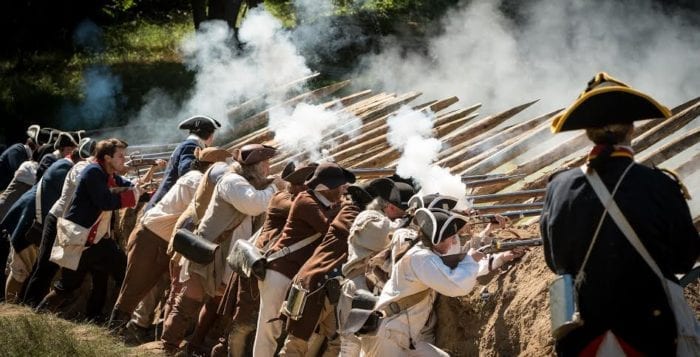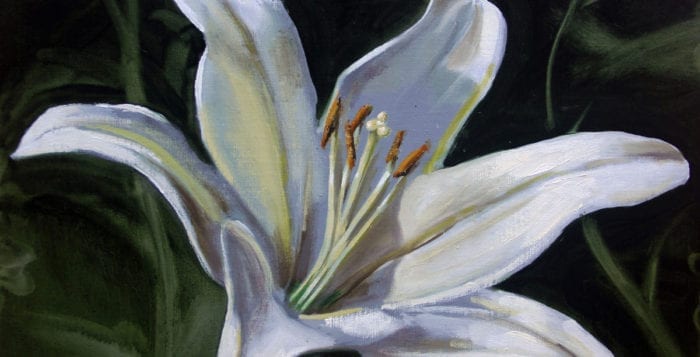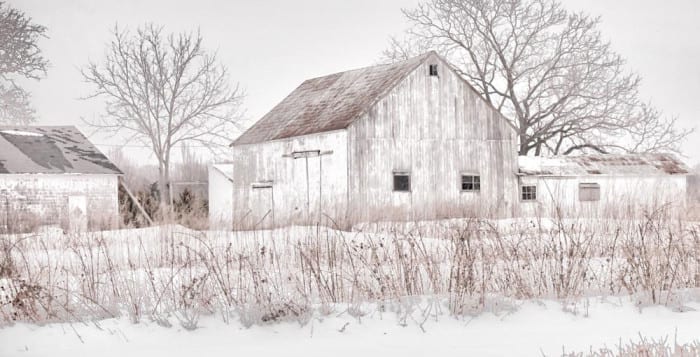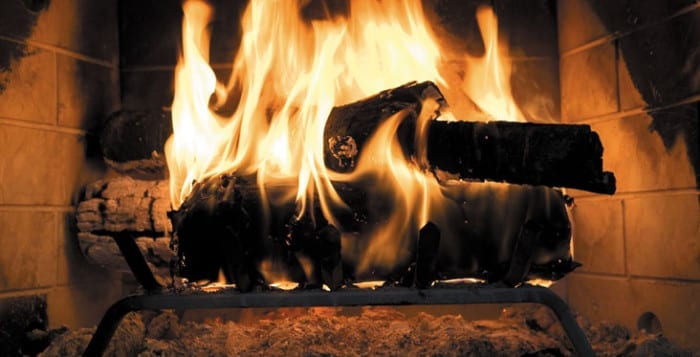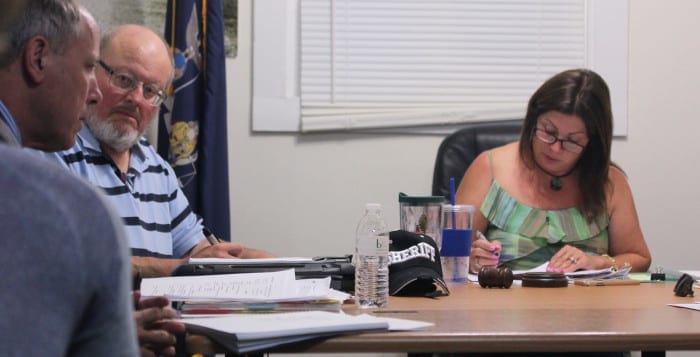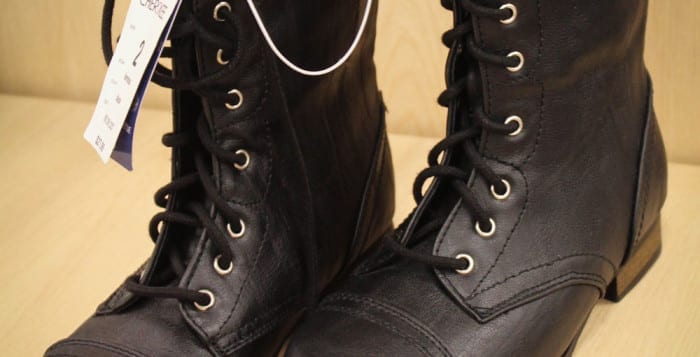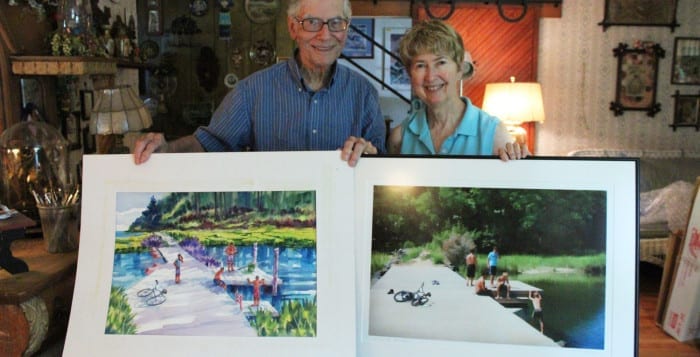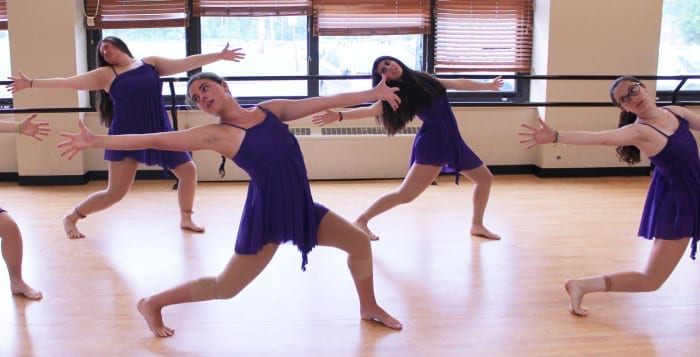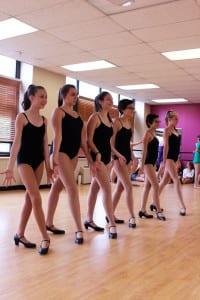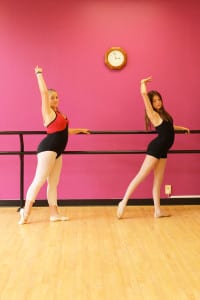Film showcased at SBU’s Staller Center for the Arts
By Talia Amorosano
The wait is over. On Sunday, June 24, an integral piece of U.S. and Long Island history will be revisited in the geographic location where much of it actually took place. At 7 p.m., the Stony Brook University’s Staller Center for the Arts, 100 Nicolls Road, Stony Brook, will host the first major public screening of “One Life to Give,” a film about the friendship and lives of young American heroes Benjamin Tallmadge and Nathan Hale, whose actions would lead to the creation of a Revolutionary spy ring based on the North Shore of Long Island.
Presented in the Main Theater, doors will open at 6:45 p.m. After a message from publisher Leah Dunaief, a short behind-the-scenes documentary will be shown followed by the main film screening. After a message from the creators, the evening will conclude with a Q&A with the cast and crew. Admission to the event is free, courtesy of TBR News Media. No reservations are necessary.

The film’s co-producer and writer, Michael Tessler, describes the film as an exploration of historical events with a human focus. “After spending several years researching Benjamin Tallmadge and the other heroes featured in our film, I began to look at them not as detached names in a textbook, but more so as real people, with real stories that deserve to be told,” he said.
Dave Morrissey, the actor who portrays Tallmadge in the film, describes his character as a “22-year-old kid,” who, despite his relative youth, is “focused” and “grounded,” propelled into action by the death of his brother at the hands of the British. “When something like that happens to you, you turn into a machine … into something else,” said Morrissey. “If you channel the energy and do what’s right, the possibilities are endless.”
By focusing a metaphorical macro lens on the multidimensional characters of Tallmadge and Hale, the film traverses consequential moments of American history: the Battle of Long Island, the anointing of America’s first spy and the events that would lead to the creation of the Culper Spy Ring, a group of men and women who risked their lives and status to gather British intelligence for the Revolutionary cause.
Though Tessler notes that the film is, at its heart, a drama, he and the film’s director and co-producer Benji Dunaief stress the cast and crew’s commitment to accuracy in their interpretation of historical events.
“The history comes second to the narrative in most [other film adaptations of historical events],” says Dunaief. “Our approach with this film was the exact opposite. We wanted to see where we could find narrative within [pre-existing] history.”
“Many of the lines from the film were plucked directly from the diaries of the heroes themselves,” stated Tessler. “We worked closely with historians and Revolutionary War experts to achieve a level of accuracy usually unseen in such a local production.”
The fact that many scenes from the film were shot in the locations where the events of the real-life narrative took place helped give the visuals a sense of truthfulness and the actors a sense of purpose.
“The location took production to the next level. It’s really crazy how closely related the sets we used were to the actual history,” said Dunaief, who specifically recalls filming at a house that contained wood from Tallmadge’s actual home. “It helped to inspire people in the cast to get into character.”
Morrissey recalls spending a particularly inspiring Fourth of July on Benner’s Farm in East Setauket. “We were filming the war scenes with all the reenactors … in the cabin that we built for the set … in the town where the battles and espionage had really happened. There were fireworks going on in the background while we sang shanty songs. It was amazing.”
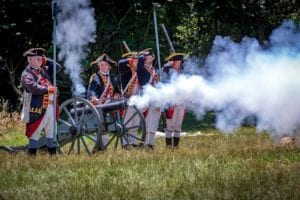
Though locational and historical accuracy played a large role in making filming a success, ultimately, Dunaief and Tessler credit the resonance of “One Life to Give” to an engaged and participatory community. “This was a community effort on all accounts,” says Dunaief, noting the roles that the Benners, Preservation Long Island, The Ward Melville Heritage Organization, the Three Village Historical Society and others played to bring “One Life to Give” to fruition.
The fact that the screening will take place at the Staller Center, in the heart of the community that helped bring the film about, represents a full-circle moment for the cast and crew. “We’re calling it a screening but it is so much more,” said Dunaief. “It is a fantastic example of how the community has stood by this film, from beginning to end.”
“We’re beyond honored and humbled to use a screen that has seen some of the greatest independent films in history,” said Tessler. “Stony Brook University has been a wonderful partner and extremely accommodating as we work to bring our local history to life.”
Tessler projects confidence that viewers will leave the screening with a similar sense of gratitude. “This story shows a part of our history that I think will make the audience very proud of the place they call home.”
The future of ‘One Life to Give’:
Michael Tessler and Benji Dunaief plan to show the film at festivals around the country, to conduct a series of screenings on Long Island, and to partner with local historical societies that can use it as an educational tool. Additionally, a sequel to “One Life to Give,” titled “Traitor,” is already in the works. Filming will begin this summer.
All photos by Michael Pawluk Photography

